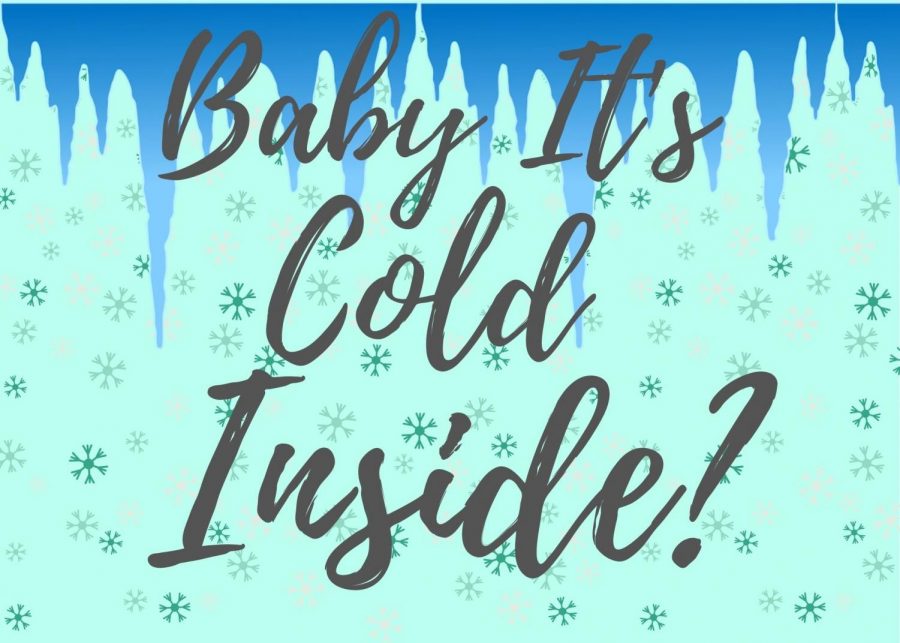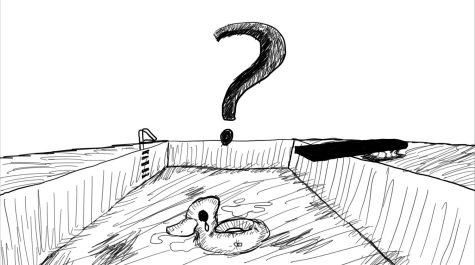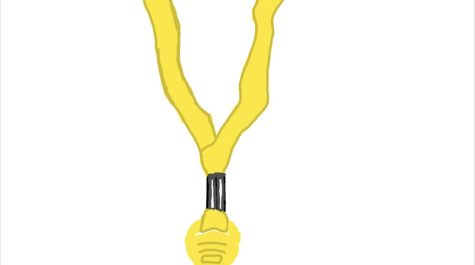OP-ED: Pelham Memorial Ice School
COVID Winter Protocols May Be More Than Just An Inconvenience During Winter
December 8, 2020
As the winter season rapidly approaches, the COVID outbreak shows no signs of stopping, and schools continue to scramble to ensure the safety of their students. With this, new protocols arise to accommodate students during the cold weather in order to make their experience as comfortable as possible amongst these odd conditions. PMHS closed November 30, but upon reopening will most likely carry out new procedures specifically designed for the winter. Lower temperatures also interfere with the school day, and most notably, the requirement for open windows in classrooms.
One of the main issues in schools is maintaining ventilation throughout the building, and a major way PMHS carries this out is through open windows. Opening windows, and in some cases, doors, greatly improves airflow and diminishes virus particles in the air, offering a cleaner and safer environment for students. The CDC along with state health departments recommend this practice not only in schools, but also in workplaces and homes throughout the majority of the day. Opening windows efficiently substitutes virus-contaminated air with fresh and clean air, vital for the not-so-rare occasions where students and staff sneeze, cough, or exhale. In addition, the severity of COVID for a person depends on the initial exposure to the virus, so if one is exposed to large amounts of it, they’ll have a worse experience. Opening windows lowers, and in some cases gets rid of the size of the dosage. As a result of this, PMHS and many other schools have resorted to this very coherent strategy. Yet, it seems that it’ll fall to shambles when colder weather approaches.
It’s known that open windows during December throughout all the way until early March will mean chilly and sometimes freezing in-room temperatures. The average temperature during these months generally drops below 50 degrees, so complaints about the cold will definitely start becoming common. Even now, I, and fellow peers have felt the uncomfortable weather in multiple classrooms and some students have complained.
Cold conditions can also interfere with the quality of work being produced by those attending school in-person and thus affect their grades. It’s hard to concentrate if one is shivering. There is still hope for other solutions, however, to keep students both safe and warm.
One alternative that the school can implement instead of requiring windows to be open at all times, is to open windows for short periods of time at intermittent intervals throughout the day. This would still ventilate the room fairly effectively, while also keeping students and teachers in warmer conditions. Another possibility would be fully closing the windows, but improving the school’s built-in ventilation system, while also increasing the amount of fresh air brought into it. Air purifiers could also be placed in classrooms and MERV-13 rated ventilation systems would be a fine addition to introduce if not already done so, as they have been proven to work well against virus particles. Unfortunately, cost is a large part of that solution, so it may be null. Finally, the worst-case scenario would be to continue the fully virtual schedule, and keep students safe at home. This would definitely be the most-reliable option safety-wise, but it takes away from both important learning experiences and the opportunity to socialize with friends and teachers, something especially vital to students.
Of course, these are all simply potential alternatives that could replace the open windows policy, and are all hypothetical. Air purification and filtering is endlessly important as said above, and any solution to this problem is vital. With this being said, we can only take cold comfort in the knowledge that the school district is keeping this issue on the front burner of their thoughts and not keeping it…on ice.







